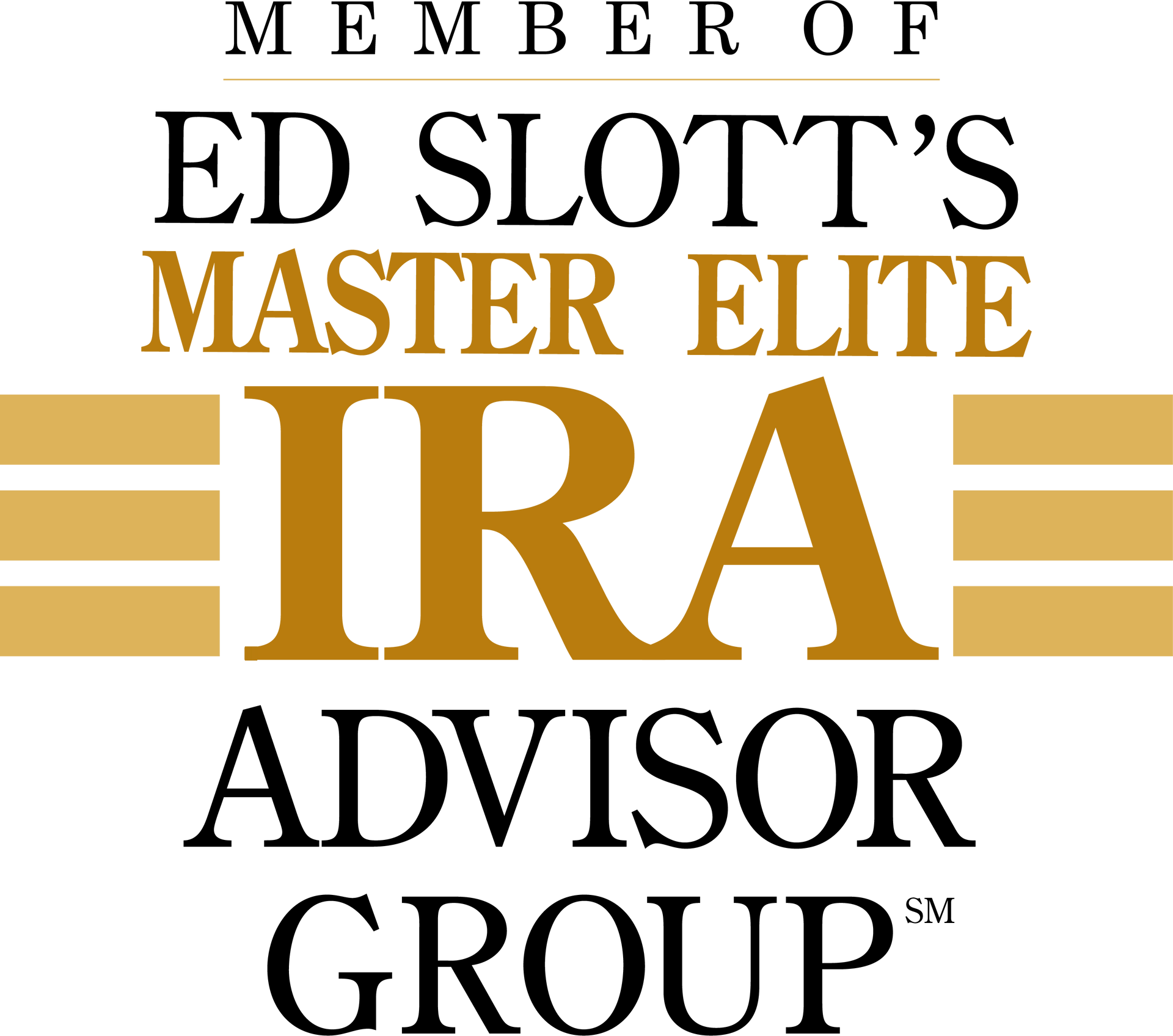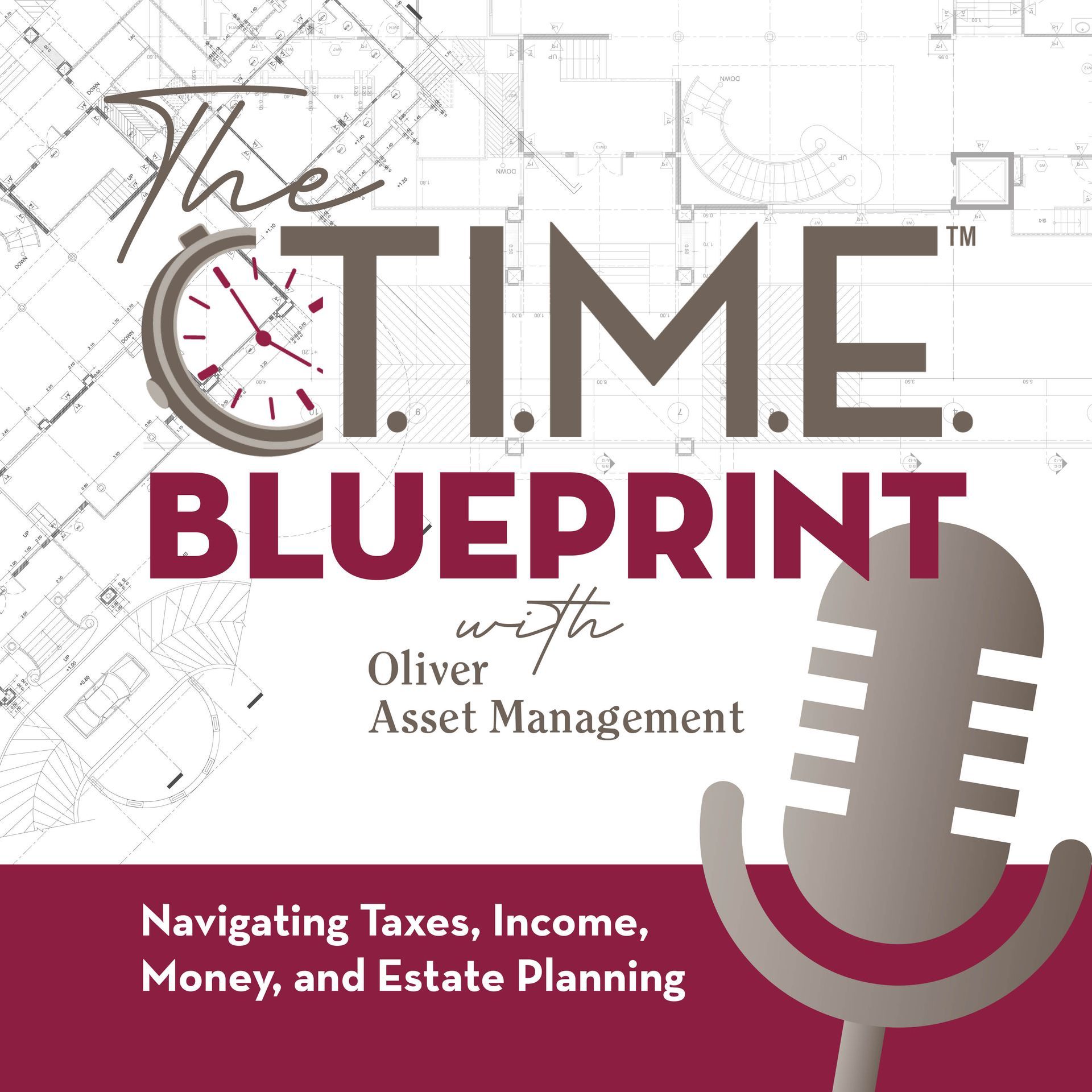What is an HSA? An HSA is a tax-advantaged medical savings account that can be used tax-free for qualified medical expenses. HSAs are designed to be used in conjunction with a High Deductible Health Plan (HDHP). HSAs offer triple tax advantages: contributions are deductible, earnings are tax-deferred while in the HSA, and distributions are tax-free when used for qualified medical expenses.
1. Determine if you are eligible to make an HSA contribution. To be eligible to contribute to an HSA, you must be enrolled in an HDHP. To be an HDHP, a plan must meet certain limits on deductibles and out-of-pocket expenses. These limits are adjusted annually for inflation. You may not contribute to an HSA if you are enrolled in Medicare because Medicare is not an HDHP.
2. Don’t count yourself out too soon. Your income is never too high to make a deductible HSA contribution. Also, you do not need to be working. There is no requirement that you have earned income or taxable compensation to make an HSA contribution. An HSA contribution can also be made by an employer. Your participation in an employer retirement plan or your IRA contribution does not affect your ability to contribute to an HSA.
3. Find out how much you can contribute. The amount you can contribute to an HSA will depend on the type of health insurance coverage that you have. You may make either an individual or family contribution to your HSA. The limits for both types of contributions are adjusted annually for inflation. If you are age 55 or older during the year, you may make a catch-up contribution to your HSA in addition to the regular contribution amount. Prorated HSA contributions are
possible if you are eligible to contribute for only part of the year.
4. HSA contributions can be invested in the same way as other retirement funds. That means that stocks, bonds, and mutual funds can all be used in an HSA. Employers should be mindful of rules that trigger ERISA coverage. Finally, some HSA custodians require a minimum account balance before funds can be invested.
5. Get your contribution done by the deadline. The deadline for making an HSA contribution for the year is the tax-filing deadline, not including any extensions. Your HSA custodian will be reporting your HSA contribution to the IRS, and you will need to report it on your tax return by filing IRS Form 8889.















